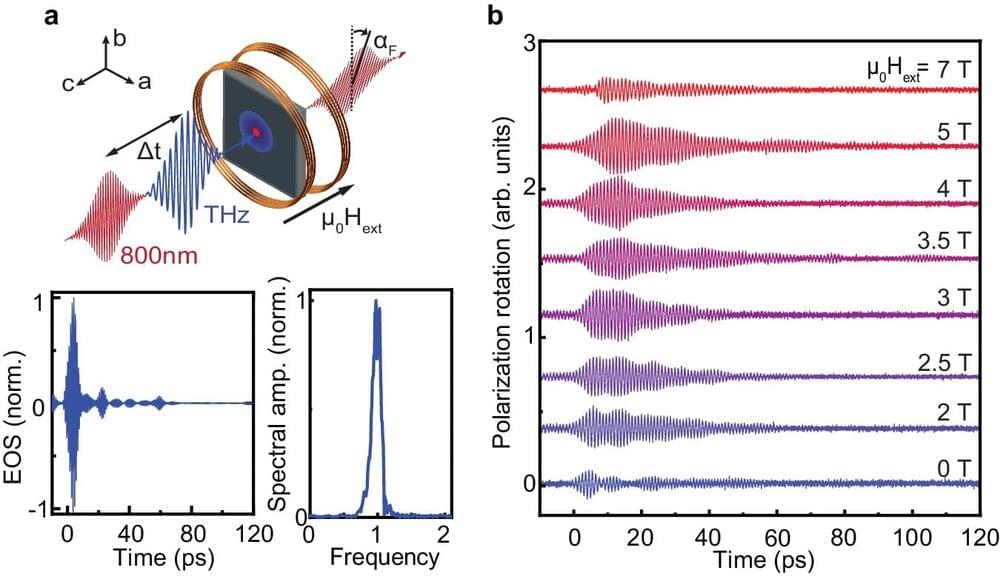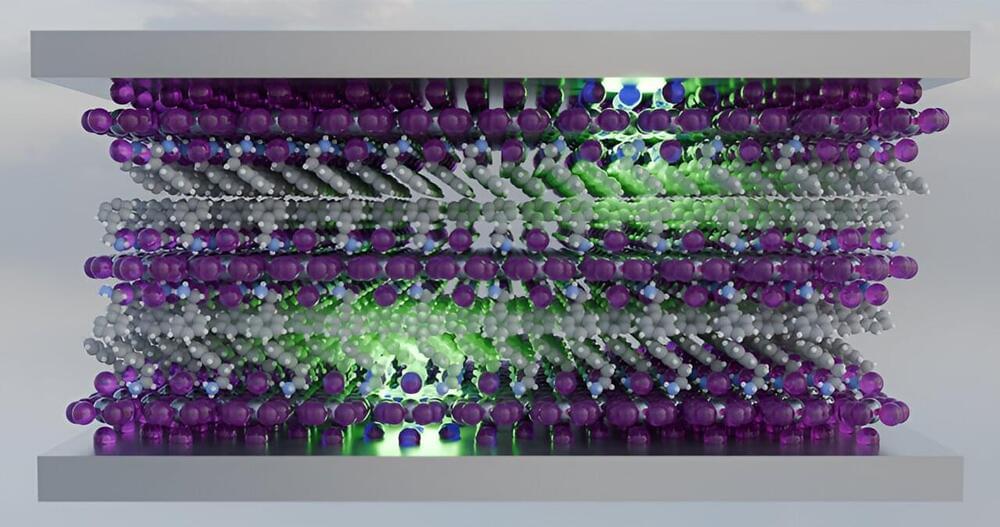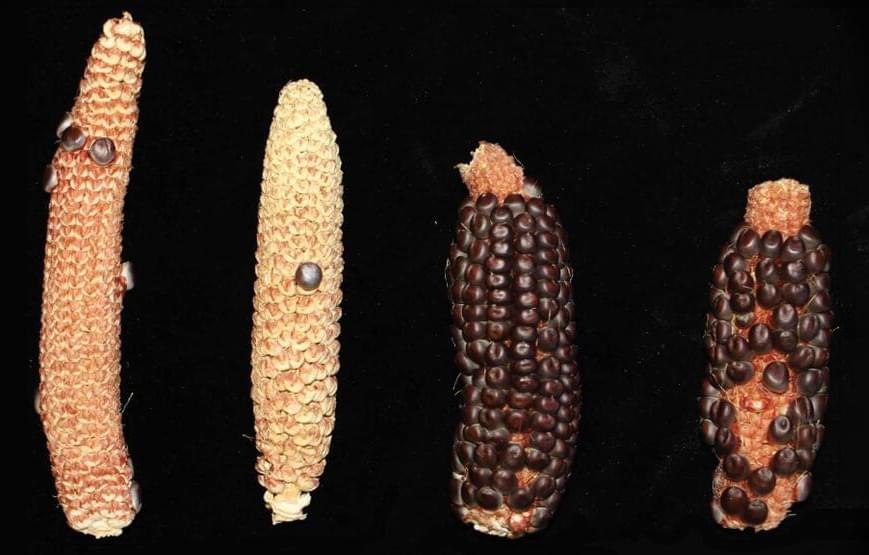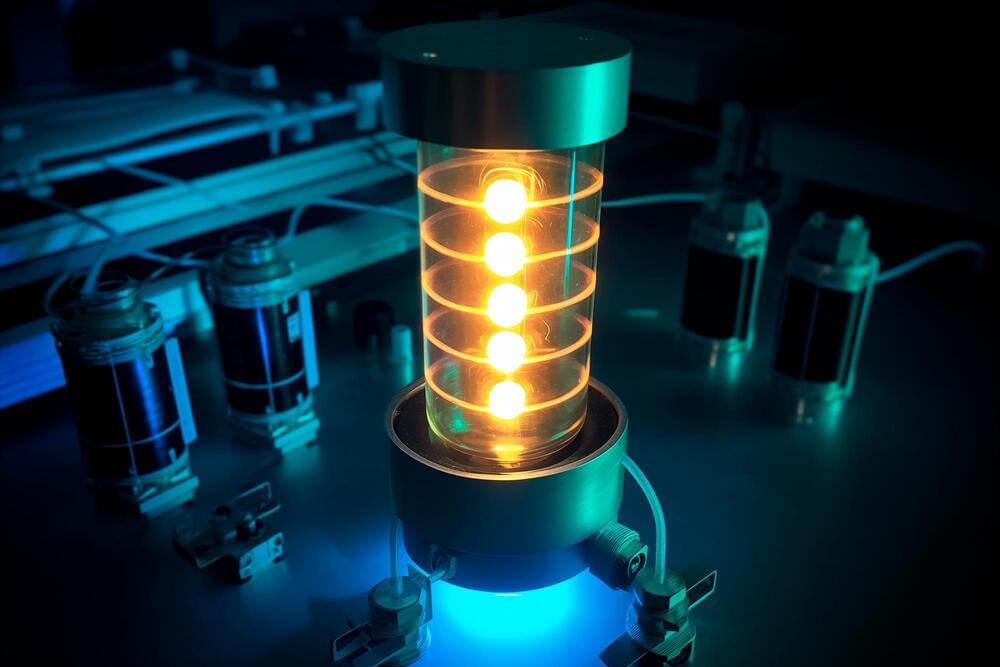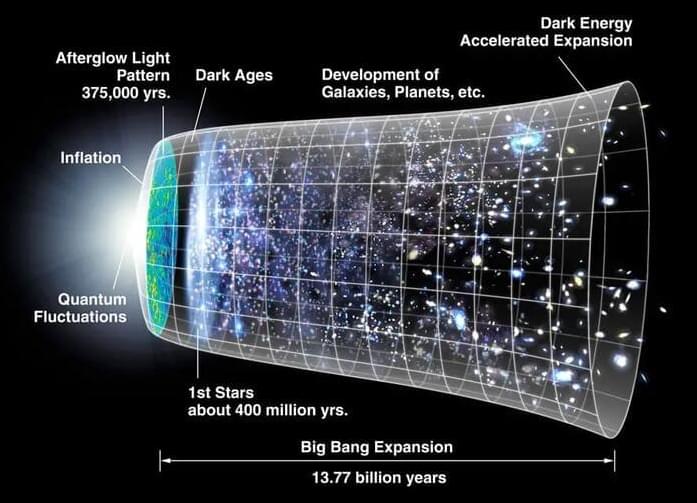Soon, data storage centers are expected to consume almost 10% of the world’s energy generation. This increase is, among other things, due to intrinsic limitations of the materials used—ferromagnets. Consequently, this problem has ignited a quest for faster and more energy-efficient materials.
“Quantum computing is not going to be just slightly better than the previous computer, it’s going to be a huge step forward,” he said.
His company produces the world’s first dedicated quantum decoder chip, which detects and corrects the errors currently holding the technology back.
Building devices “that live up to the technology’s incredible promise requires a massive step change in scale and reliability, and that requires reliable error correction schemes”, explained John Martinis, former quantum computing lead at Google Quantum AI.
In solar cells and light-emitting diodes, maintaining the excited state kinetics of molecules against annihilation is a race against time. These systems need to strike a careful balance between different processes that lead to loss of energy and those that lead to the desired outcome.
Researchers at Cold Spring Harbor Laboratory have traced the domestication of maize back to its origins 9,000 years ago, highlighting its crossbreeding with teosinte mexicana for cold adaptability.
The discovery of a genetic mechanism known as Teosinte Pollen Drive by Professor Rob Martienssen provides a critical link in understanding maize’s rapid adaptation and distribution across America, shedding light on evolutionary processes and potential agricultural applications.
Cold Spring Harbor Laboratory (CSHL) scientists have begun to unravel a mystery millennia in the making. Our story begins 9,000 years ago. It was then that maize was first domesticated in the Mexican lowlands. Some 5,000 years later, the crop crossed with a species from the Mexican highlands called teosinte mexicana. This resulted in cold adaptability. From here, corn spread across the continent, giving rise to the vegetable that is now such a big part of our diets. But how did it adapt so quickly? What biological mechanisms allowed the highland crop’s traits to take hold? Today, a potential answer emerges.
CU Boulder scientists have found how ions move in tiny pores, potentially improving energy storage in devices like supercapacitors. Their research updates Kirchhoff’s law, with significant implications for energy storage in vehicles and power grids.
Imagine if your dead laptop or phone could be charged in a minute, or if an electric car could be fully powered in just 10 minutes. While this isn’t possible yet, new research by a team of scientists at CU Boulder could potentially make these advances a reality.
Published in the Proceedings of the National Academy of Sciences, researchers in Ankur Gupta’s lab discovered how tiny charged particles, called ions, move within a complex network of minuscule pores. The breakthrough could lead to the development of more efficient energy storage devices, such as supercapacitors, said Gupta, an assistant professor of chemical and biological engineering.
Researchers achieve advances in periodic oscillations and transportation for optical pulses, with potential for next-gen optical communications and signal processing.
Researchers have achieved significant advances in wave physics by conducting experiments on Super-Bloch Oscillations (SBOs), which demonstrate the potential for manipulating optical pulses. By applying both DC and nearly detuned AC electric fields, they not only observed SBO collapse for the first time but also extended these oscillations to arbitrary wave driving situations, paving the way for innovative optical communication technologies.
Wave Physics and Super-Bloch Oscillations.
A team of physicists has successfully created superconducting properties in materials known for conducting electricity only at their edges, marking a potential leap forward in quantum computing technology.
This achievement, which has eluded researchers for over a decade, was made possible through meticulous control of the experimental conditions.
Quantum Breakthroughs
A groundbreaking study using sub-daily GPS has improved our understanding of early afterslip following earthquakes, offering a more accurate assessment of seismic hazards and enhancing emergency response and preparedness strategies.
A groundbreaking study has revealed new insights into the Earth’s crust’s immediate behavior following earthquakes. Researchers have utilized sub-daily Global Positioning System (GPS) solutions to accurately measure the spatial and temporal evolution of early afterslip following the 2010 Mw 8.8 Maule earthquake. This innovative approach marks a significant advancement in seismic analysis, offering a more precise and rapid depiction of ground deformations, which is essential for assessing seismic hazards and understanding fault line activities.
The aftermath of an earthquake is marked by intricate postseismic adjustments, particularly the elusive early afterslip. Daily seismic monitoring has struggled to capture the rapid and complex ground movements occurring in the critical hours post-quake. The intricacies of these initial activities and their profound implications for seismic hazard assessment highlight an urgent need for more refined and immediate monitoring techniques.
The experiment may have detected the first direct detection of dark energy, the enigmatic factor that is speeding the expansion of the universe.
An experiment detected a strange signal that might point to dark energy instead of dark matter.
“The moment when we wrote down the terms of this equation and saw that it all clicked together, it felt pretty incredible,” Wordsworth said. “It’s a result that finally shows us how directly the quantum mechanics links to the bigger picture.”
In some ways, he said, the calculation helps us understand climate change better than any computer model. “It just seems to be a fundamentally important thing to be able to say in a field that we can show from basic principles where everything comes from.”
